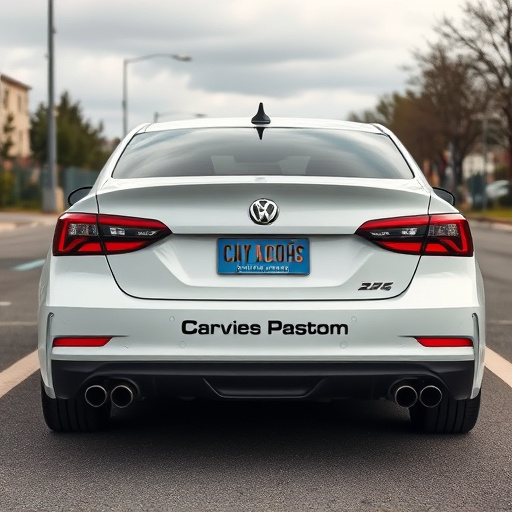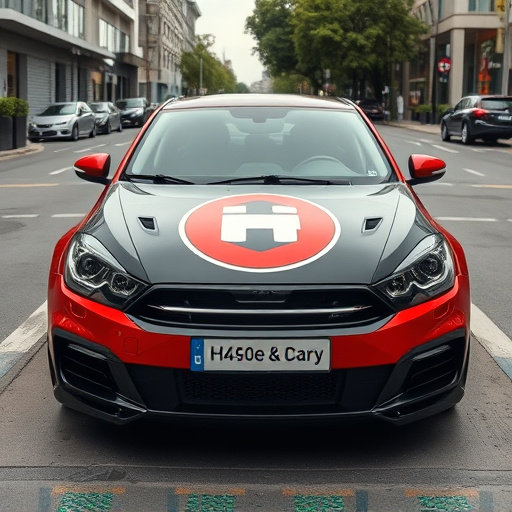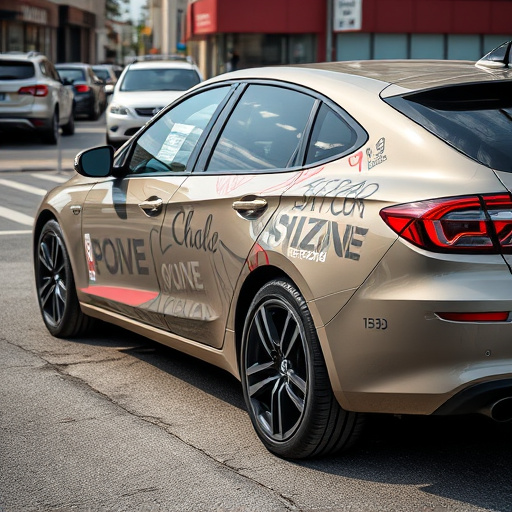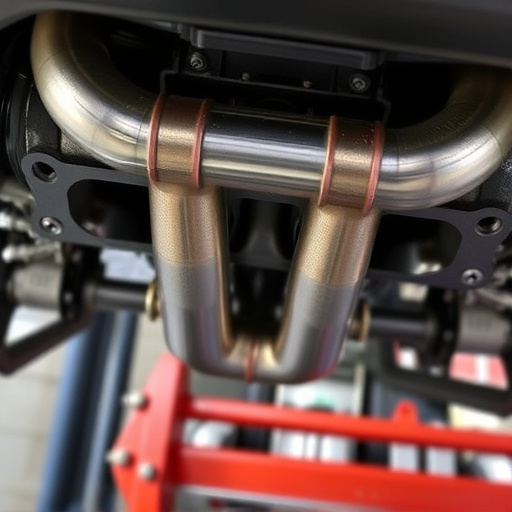Successfully navigating local advertising regulations for food truck wraps is essential for any mobile culinary venture. Compliance involves understanding and adhering to jurisdiction-specific guidelines on vehicle signage, including dimensions, material types, colors, images, and safety features like reflective strips. Effective wraps balance visual appeal with clear communication, featuring concise branding, eye-catching graphics, and high-quality food images while staying within size limits and placement guidelines. High-quality finishes ensure durability against outdoor elements. Following these regulations not only avoids fines but also enhances a food truck's appeal, fostering customer attraction and respect for local laws.
In today’s competitive culinary landscape, food truck wraps have emerged as a powerful marketing tool. However, navigating local advertising regulations can be a challenge. This article guides you through understanding and complying with these regulations, ensuring your food truck wraps effectively promote your brand without crossing legal boundaries. We’ll explore key design elements, compliance strategies, and best practices to make your mobile marketing a success, all while focusing on the essential role of food truck wraps in driving customer engagement.
- Understanding Local Advertising Regulations for Food Truck Wraps
- Key Elements to Consider When Designing Food Truck Wrap Ads
- Compliance Strategies and Best Practices for Effective Food Truck Marketing
Understanding Local Advertising Regulations for Food Truck Wraps

Navigating local advertising regulations for food truck wraps is an essential aspect of running a successful mobile culinary venture. Each city and town has its own set of guidelines and restrictions when it comes to vehicle signage, ensuring that businesses adhere to safety standards and do not cause any visual clutter. For food trucks, these rules can vary widely, from dimensions and placement of signs to the types of materials used, such as vinyl or even ceramic coating for a more durable and eye-catching finish.
Understanding these regulations is crucial before designing custom graphics for your vehicle wraps. Local authorities may dictate the maximum size of wraps, prohibit certain colors or images, or require specific safety measures like reflective strips. Compliance not only avoids fines but also ensures your food truck stands out in a positive way, attracting customers while respecting local laws and guidelines.
Key Elements to Consider When Designing Food Truck Wrap Ads

When designing food truck wraps, several key elements must be considered to ensure compliance with local advertising regulations and maximize impact. Firstly, clarity and conciseness are paramount; the wrap should instantly convey the restaurant’s name, menu offerings, and any promotions or special deals. Use visually appealing graphics and vibrant colors to capture attention, but maintain a balance to avoid overwhelming the viewer. The design should also include high-quality images of signature dishes to stimulate appetite.
Additionally, legal requirements for advertising must be heeded, such as size restrictions, placement rules, and permitted content. Proper window tinting or professional PPF (Paint Protection Film) installation can enhance both aesthetics and privacy while ensuring compliance with local laws. Incorporating these elements into the wrap design not only promotes the food truck’s brand but also ensures it operates within legal boundaries, making it a valuable asset for any mobile catering business.
Compliance Strategies and Best Practices for Effective Food Truck Marketing

Food truck owners understand that marketing is key to attracting customers in a competitive street food scene. One effective strategy involves utilizing custom vehicle wraps, specifically designed for food trucks, as mobile advertising billboards. These eye-catching food truck wraps should not only showcase mouthwatering graphics of menu items but also incorporate essential brand information and contact details. By complying with local advertising regulations, operators can ensure their promotional efforts remain within legal boundaries.
Compliance strategies include adhering to size restrictions on graphics, maintaining visible lines of sight for drivers, and avoiding sensitive locations or times. Best practices involve employing high-quality finishes that withstand outdoor conditions, ensuring scratch protection for the truck’s surface during installation and removal. Custom vehicle wraps, designed by professionals, offer an affordable yet impactful way to differentiate your food truck, leaving a lasting impression on potential diners, while also respecting local guidelines, thereby maximizing marketing efforts without legal pitfalls.
Food truck operators can effectively promote their brand and attract customers by utilizing visually appealing wrap designs while adhering to local advertising regulations. By understanding the key elements and compliance strategies outlined in this article, you can create impactful food truck wraps that enhance your marketing efforts without running afoul of local rules. Remember, successful food truck marketing combines creativity and regulation adherence to stand out in a competitive landscape.














